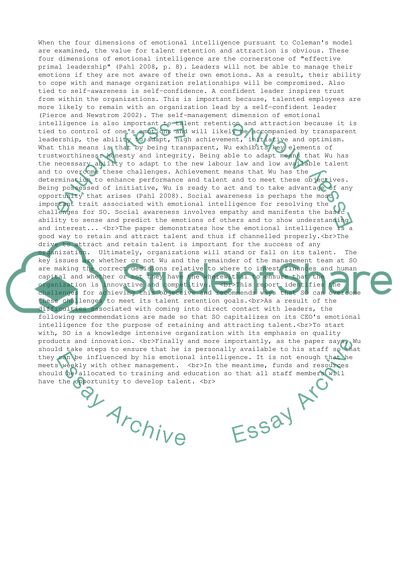Cite this document
(“Talent Development and Capability in Sunny Optical Dissertation”, n.d.)
Retrieved from https://studentshare.org/business/1429541-talent-development-and-capability-in-sunny-optical
Retrieved from https://studentshare.org/business/1429541-talent-development-and-capability-in-sunny-optical
(Talent Development and Capability in Sunny Optical Dissertation)
https://studentshare.org/business/1429541-talent-development-and-capability-in-sunny-optical.
https://studentshare.org/business/1429541-talent-development-and-capability-in-sunny-optical.
“Talent Development and Capability in Sunny Optical Dissertation”, n.d. https://studentshare.org/business/1429541-talent-development-and-capability-in-sunny-optical.


